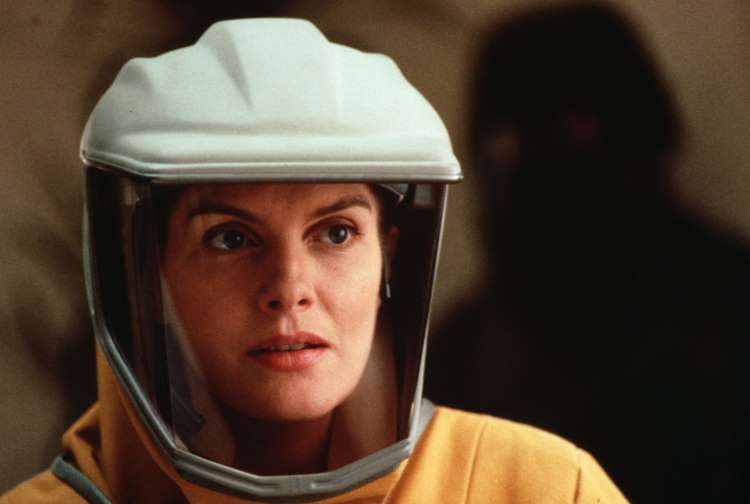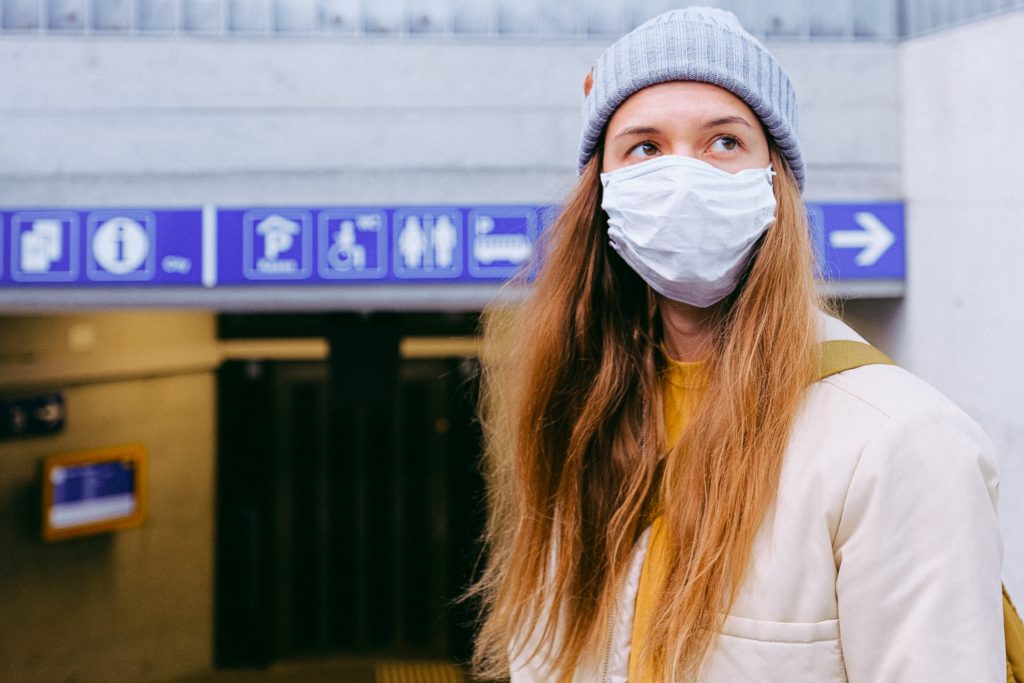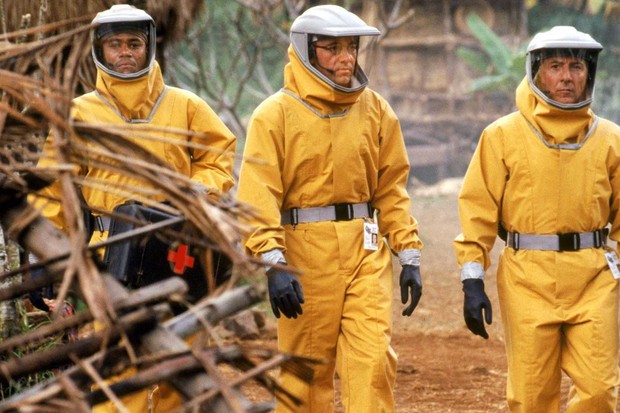
fciwomenswrestling.com femcompetitor.com, fcielitecompetitor.com, Warner Brothers photo credit
April 20, 2020,
Sheltering in place.
Social distancing.
Newer terms that we wish we had never heard of or had to abide by.
They certainly are in our vocabulary now.
As reported by The New York Times nytimes.com, on March 16, 2020, “The shelter-in-place order announced on Monday, which goes into effect on Tuesday, is expected to disrupt life for millions of residents in Alameda, Contra Costa, Marin, San Francisco, San Mateo, Santa Clara and Santa Cruz Counties. The city of Berkeley also issued the same order.”

Across the Golden State, as the coronavirus charges through communities leaving a swath of illness and economic disaster in its wake, most Californians are taking the order seriously.
Ignorance can sometimes be bliss until it is not.
Powerful viruses have ravaged societies before and yet in the early stages of this recent pandemic, many didn’t seem to take it seriously.
A friend in our circle was wearing a surgical mask when she visited her chiropractor and he reassured her that the concern over this new virus was greatly exaggerated.

She will see him again, but she hasn’t seen him since. That was about two months ago.
We should have seen this coming.
Every other year or so a powerful virus comes along and threatens to disrupt the live of virtually everyone on the entire planet.
Ebola virus disease (EVD), also known as Ebola haemorrhagic fever (EHF) or simply Ebola, is a viral haemorrhagic fever of humans and other primates caused by ebolaviruses.
Signs and symptoms typically start between two days and three weeks after contracting the virus with a fever, sore throat, muscular pain, and headaches.
Stomach sickness, diarrhoea and rash usually follow, along with decreased function of the liver and kidneys.
At this time, some people begin to bleed both internally and externally.
The disease has a high risk of death, killing 25% to 90% of those infected, with an average of about 50%. This is often due to low blood pressure from fluid loss, and typically follows 6 to 16 days after symptoms appear.
The virus spreads through direct contact with body fluids, such as blood from infected humans or other animals.
Spread may also occur from contact with items recently contaminated with bodily fluids.
Fortunately the spread of the disease through the air between primates, including humans, has not been documented in either laboratory or natural conditions.
Semen or breast milk of a person after recovery from EVD may carry the virus for several weeks to months.
Fruit bats are believed to be the normal carrier in nature, able to spread the virus without being affected by it.
The disease was first identified in 1976, in two simultaneous outbreaks: one in Nzara (a town in South Sudan) and the other in Yambuku (Democratic Republic of the Congo), a village near the Ebola River from which the disease takes its name.
Other diseases such as malaria, cholera, typhoid fever, meningitis and other viral haemorrhagic fevers may resemble EVD.
There seems to be plenty of viruses lurking out there with new ones forming.
Still hard to believe. It is right out of a well-done but horrific Hollywood science fiction movie.

Outbreak is a 1995 American medical disaster film directed by Wolfgang Petersen and based on Richard Preston‘s nonfiction book The Hot Zone.
It stars Dustin Hoffman, Rene Russo, Morgan Freeman and Donald Sutherland, and co-stars Cuba Gooding Jr., Kevin Spacey and Patrick Dempsey.
The film focuses on an outbreak of a fictional Ebola-like virus, Motaba, in Zaire and later in a small town in the United States.
It is primarily set in the United States Army Medical Research Institute of Infectious Diseases and the Centers for Disease Control and Prevention and the fictional town of Cedar Creek, California. Outbreak’s plot speculates how far military and civilian agencies might go to contain the spread of a deadly, contagious disease.
If you watch the film you’ll see they are willing to go quite far.
The film, released on March 10, 1995, was a box-office success and Mr. Spacey won two awards for his performance.
Speaking of cruel irony, a real-life outbreak of the Ebola virus was occurring in Zaire when the film was released.
Earlier examples in film include the 1971 thriller “The Andromeda Strain” — adapted from a book by the best-selling author Michael Crichton, who repeatedly returned to concepts in which scientific and technological breakthroughs created existential threats to humankind.
Part of the great challenge in defending ourselves from viruses in our modern world is simply due to the population explosion.
In demographics, the world population is the total number of humans currently living, and was estimated to have reached 7.7 billion people as of April 2019.

It took over 200,000 years of human history for the world’s population to reach 1 billion, and only 200 years more to reach 7 billion.
The world population has experienced continuous growth following the Great Famine of 1315–1317 and the end of the Black Death in 1350, when it was near 370 million.
The highest global population growth rates, with increases of over 1.8% per year, occurred between 1955 and 1975—peaking to 2.1% between 1965 and 1970.
The growth rate declined to 1.2% between 2010 and 2015 and is projected to decline further in the course of the 21st century.
However, the global population is still increasing and is projected to reach about 10 billion in 2050 and more than 11 billion in 2100.

Those figures coupled with the fact that we are truly connecting as a global village especially because of economics, free trade and tourism, though positive and well-meaning, it appears we have set ourselves up to be globally affected by one virus after another.
So at this point in time, risky behavior that we were comfortable with engaging in during the past like casual sex, close social contact and lack of basic sanitary measures like hand washing should be a thing of the past.
Too many viruses are walking along side of us in the present and lurking undetected in the shadows of our future.
The early warning signs were always there.
We should have seen it coming.

~ ~ ~
OPENING PHOTO fciwomenswrestling.com femcompetitor.com, fcielitecompetitor.com, Warner Brothers photo credit
https://www.nytimes.com/2020/03/16/us/california-covid-19.html
https://en.wikipedia.org/wiki/Ebola_virus_disease
https://en.wikipedia.org/wiki/Outbreak_(film)
https://www.cnn.com/2020/01/30/entertainment/contagion-and-pandemics-in-movies/index.html
https://en.wikipedia.org/wiki/World_population
https://fciwomenswrestling.com/



